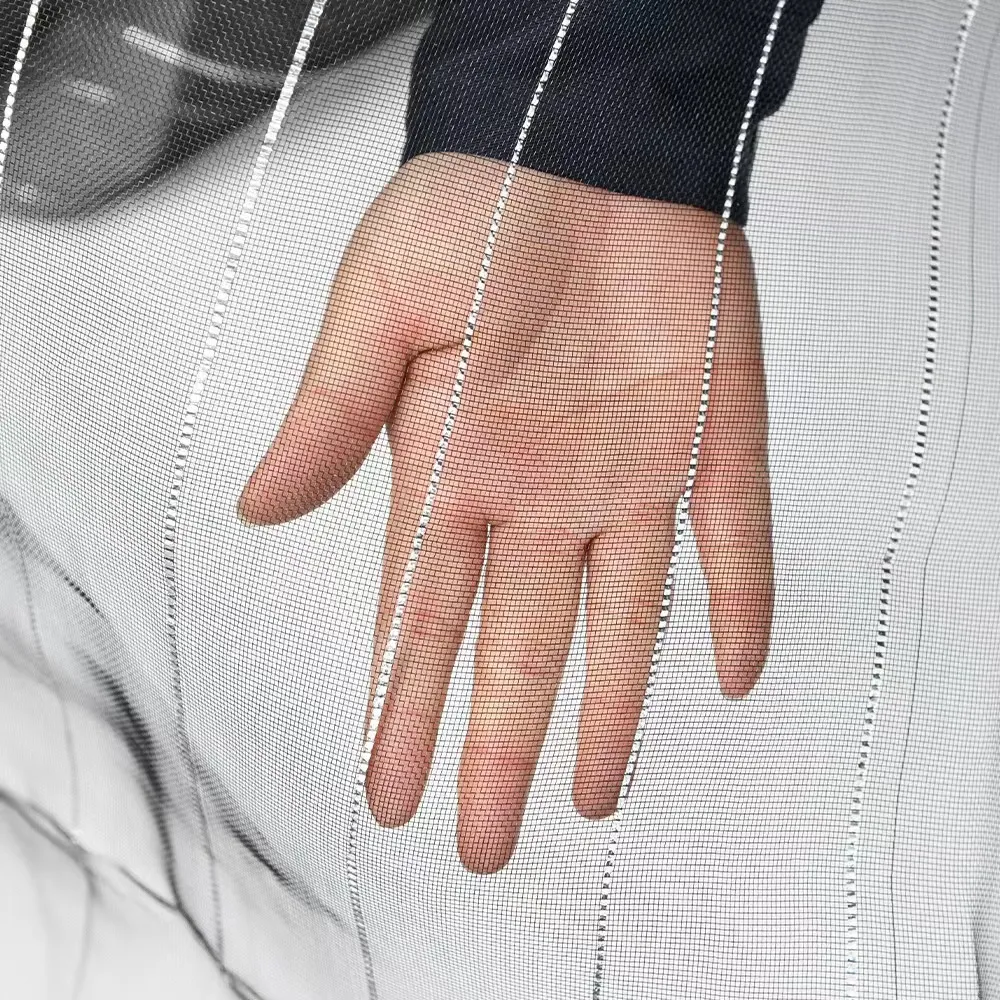-
 Afrikaans
Afrikaans -
 Albanian
Albanian -
 Amharic
Amharic -
 Arabic
Arabic -
 Armenian
Armenian -
 Azerbaijani
Azerbaijani -
 Basque
Basque -
 Belarusian
Belarusian -
 Bengali
Bengali -
 Bosnian
Bosnian -
 Bulgarian
Bulgarian -
 Catalan
Catalan -
 Cebuano
Cebuano -
 China
China -
 Corsican
Corsican -
 Croatian
Croatian -
 Czech
Czech -
 Danish
Danish -
 Dutch
Dutch -
 English
English -
 Esperanto
Esperanto -
 Estonian
Estonian -
 Finnish
Finnish -
 French
French -
 Frisian
Frisian -
 Galician
Galician -
 Georgian
Georgian -
 German
German -
 Greek
Greek -
 Gujarati
Gujarati -
 Haitian Creole
Haitian Creole -
 hausa
hausa -
 hawaiian
hawaiian -
 Hebrew
Hebrew -
 Hindi
Hindi -
 Miao
Miao -
 Hungarian
Hungarian -
 Icelandic
Icelandic -
 igbo
igbo -
 Indonesian
Indonesian -
 irish
irish -
 Italian
Italian -
 Japanese
Japanese -
 Javanese
Javanese -
 Kannada
Kannada -
 kazakh
kazakh -
 Khmer
Khmer -
 Rwandese
Rwandese -
 Korean
Korean -
 Kurdish
Kurdish -
 Kyrgyz
Kyrgyz -
 Lao
Lao -
 Latin
Latin -
 Latvian
Latvian -
 Lithuanian
Lithuanian -
 Luxembourgish
Luxembourgish -
 Macedonian
Macedonian -
 Malgashi
Malgashi -
 Malay
Malay -
 Malayalam
Malayalam -
 Maltese
Maltese -
 Maori
Maori -
 Marathi
Marathi -
 Mongolian
Mongolian -
 Myanmar
Myanmar -
 Nepali
Nepali -
 Norwegian
Norwegian -
 Norwegian
Norwegian -
 Occitan
Occitan -
 Pashto
Pashto -
 Persian
Persian -
 Polish
Polish -
 Portuguese
Portuguese -
 Punjabi
Punjabi -
 Romanian
Romanian -
 Russian
Russian -
 Samoan
Samoan -
 Scottish Gaelic
Scottish Gaelic -
 Serbian
Serbian -
 Sesotho
Sesotho -
 Shona
Shona -
 Sindhi
Sindhi -
 Sinhala
Sinhala -
 Slovak
Slovak -
 Slovenian
Slovenian -
 Somali
Somali -
 Spanish
Spanish -
 Sundanese
Sundanese -
 Swahili
Swahili -
 Swedish
Swedish -
 Tagalog
Tagalog -
 Tajik
Tajik -
 Tamil
Tamil -
 Tatar
Tatar -
 Telugu
Telugu -
 Thai
Thai -
 Turkish
Turkish -
 Turkmen
Turkmen -
 Ukrainian
Ukrainian -
 Urdu
Urdu -
 Uighur
Uighur -
 Uzbek
Uzbek -
 Vietnamese
Vietnamese -
 Welsh
Welsh -
 Bantu
Bantu -
 Yiddish
Yiddish -
 Yoruba
Yoruba -
 Zulu
Zulu
bird control net
Effective Bird Control A Comprehensive Guide to Bird Control Nets
Birds can be a beautiful addition to our environment, but when they become a nuisance, it is essential to implement effective control methods. One of the most successful and humane ways to manage bird populations around urban areas, parks, and agricultural settings is through the use of bird control nets. This article explores the benefits, types, and best practices of using bird control nets to create a safe and bird-free space.
Understanding Bird Control Nets
Bird control nets are specifically designed mesh nets that help prevent birds from accessing certain areas. These nets are usually made from durable materials such as polyethylene, which is resistant to weathering, UV rays, and physical damage. They come in various mesh sizes that are designed to keep specific types of birds out while allowing smaller animals and larger airflows to pass through.
Benefits of Using Bird Control Nets
1. Humaneness Bird control nets offer a humane solution to bird control. Unlike lethal methods that may harm birds, nets physically exclude them from specific areas without causing harm.
2. Versatility Bird control nets can be used in various settings, including residential gardens, commercial buildings, farms, and warehouses. They are particularly useful in areas like fruit orchards, vegetable fields, and rooftops, where birds may cause significant damage.
3. Cost-Effective Investing in bird control nets is a cost-effective solution for long-term bird management. Compared to ongoing expenses associated with cleaning up bird droppings or repairing bird damage, a one-time installation can yield significant savings.
4. Discreet Appearance Modern bird control nets are designed to blend with their surroundings, minimizing their visibility while still providing effective protection. This aesthetic consideration is essential, especially in residential and commercial properties.
Types of Bird Control Nets
There are various types of bird control nets available in the market, each tailored for different applications
bird control net

- Heavy-Duty Nets Designed for agricultural use, these nets are robust and can withstand harsh weather conditions, offering protection for crops against aggressive bird species.
- Lightweight Nets These nets are suitable for residential applications, such as covering gardens or patios. They provide a less obtrusive means of keeping birds at bay without sacrificing aesthetics.
- Anti-Perch Nets Specifically created to deter birds from resting on ledges and other surfaces, these nets prevent nesting and droppings in urban settings.
Best Practices for Installation
Successful bird control using nets requires careful planning and installation. Here are some best practices to consider
1. Assess the Area Before installation, identify the specific areas where birds are a problem. This step will help determine the type and size of net needed.
2. Proper Measurement Take accurate measurements of the space to ensure the nets fit correctly. A poorly fitted net can lead to gaps that birds can exploit.
3. Secure Attachment Use appropriate fastening methods to secure the nets. Ensure that they are taut and anchored to avoid sagging, which can create openings.
4. Regular Maintenance Conduct routine inspections of the nets to check for wear and tear. Prompt repairs can prevent birds from bypassing the nets.
In conclusion, bird control nets represent an effective and humane solution to managing bird populations in various environments. By carefully considering the type of net needed and following best practices for installation, property owners can successfully protect their spaces from unwanted avian visitors.
-
Shipping Plastic Bags for Every NeedNewsJul.24,2025
-
Safety Netting: Your Shield in ConstructionNewsJul.24,2025
-
Plastic Mesh Netting for Everyday UseNewsJul.24,2025
-
Nylon Netting for Every UseNewsJul.24,2025
-
Mesh Breeder Box for Fish TanksNewsJul.24,2025
-
Expanded Steel Mesh Offers Durable VersatilityNewsJul.24,2025











